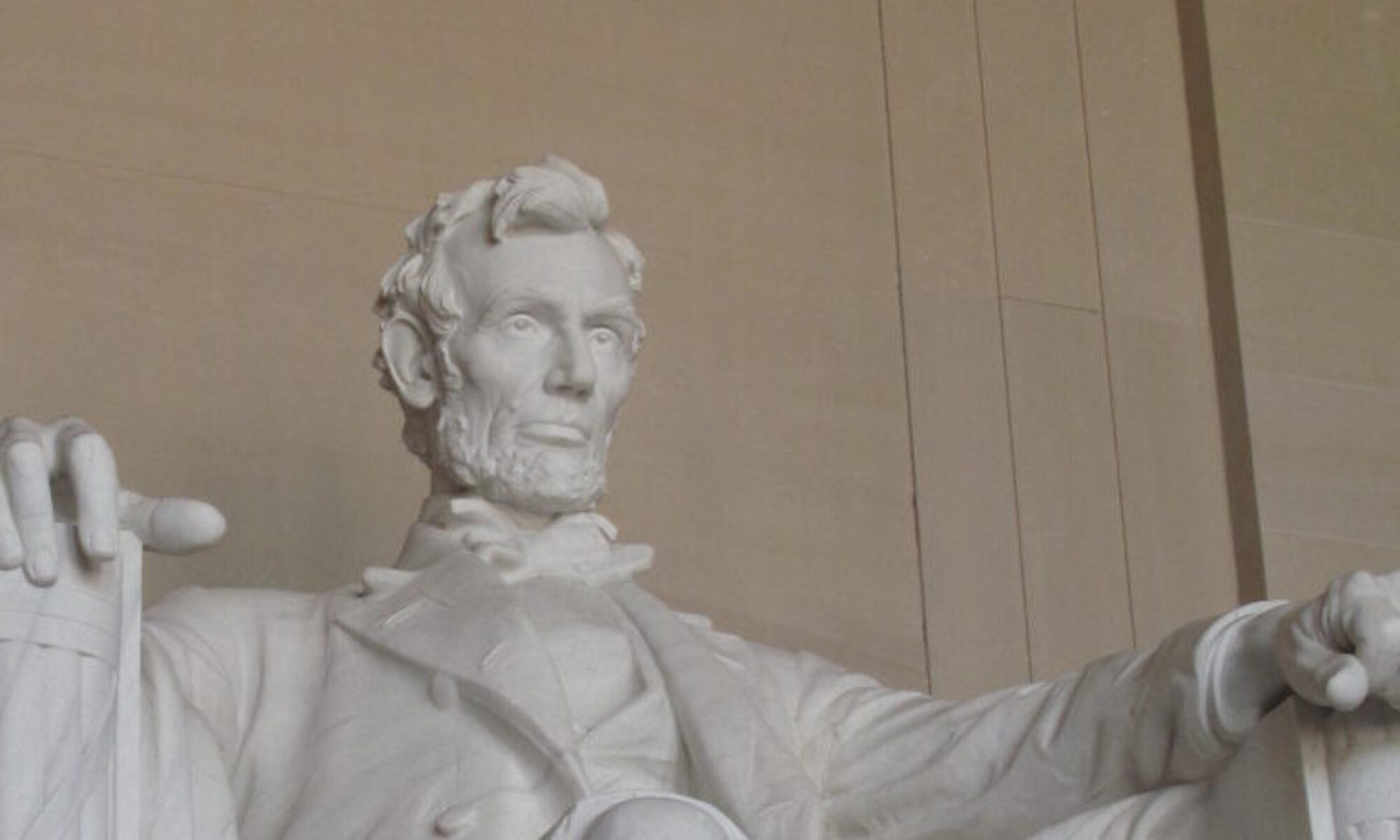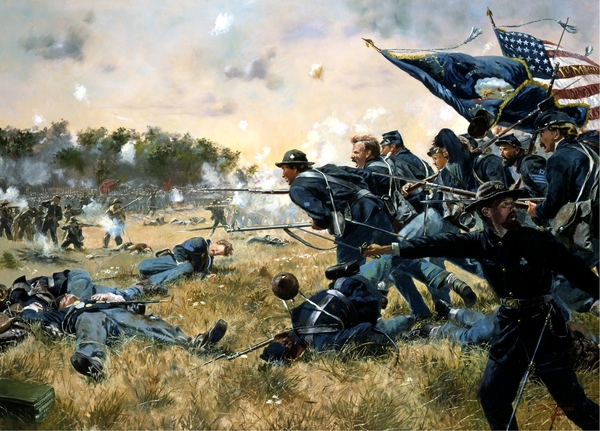There are so many vignettes that ennoble the concept of Memorial day that to select one brief story seems wanting. Memorial Day, a day of remembrance for those who have served a higher purpose and sacrificed all for that purpose, is a special part of the American fabric. The element of sacrifice certainly wasn’t in every case heroic – very likely in most it was the element of fate driven bad luck- in the wrong place, at the wrong time – but in all cases the sacrifice was contributive to the greater good that freedom and free will are worth exposing oneself necessarily to the harsh judgement of fate.
There have been some very special moments of great clarity in American history when the participants knowingly chose their sacrificial destiny in hopes of in some way extending the fragile life of the candle frame of freedom. Many are sacrifices known but to few; some have reached the legendary status of epic saga. What drives a man to face impossible odds and end his time on earth is no doubt individually diverse, but is it possible that hundreds of men could accept the same moment, the same clarity of purpose, the same love of freedom to willingly and collectively snuff their own lives out in defense of it? It happened on the second day of Gettysburg, and it happened to the 1st Minnesota regiment.
The 1st Minnesota was formed in the initial passion of the start of the Civil War in 1861. The newly formed western states of Wisconsin, Minnesota and Iowa were among the most enthusiastic to the cause of the Union, and there was little difficulty in filling the ranks with men who hoped to show their willingness to defend the concepts of the Union. The regiment by the time of Gettysburg was already significantly battle tested, having served in the initial battle of the war at Bull Run and many engagements since. Gettysburg was clearly to all however something all together on another level. A vigorous southern army led by General Robert E. Lee, fresh from crushing serial victories at Fredericksburg and Chancellorsville determined to take the war to the northern states and end it there. Convinced of its own superior generalship and mettle of its troops, the southern army looked to a knockout punch and by the fateful connection of various roads and turnpikes found itself in the “country” of Pennsylvania at the little town of Gettysburg. The reeling army of the north, now led by taciturn General Meade, was positioned on the southern army’s flank protecting the capitol of Washington until direct contact between the two armies was initiated just outside Gettysburg. The battles of the first day secured the positions of the two armies, and the next two days were to witness the ultimate clash of wills.
The fighting of the second day was filled with epic stories, and epitomized the snarling aggression of the Southern army to split the Union forces in two and finish the war for good. Places with names like the Devil’s Den, the Peach Orchard, and Little Round Top saw man to man fighting of an intensity and drama that have reached legend and have been told innumerable times. The Union army, bent like a fishhook around Cemetery Ridge, was pummeled on its left by savage thrusts of Southern warriors. Southern Generals Mclaws and Hood punched deep into Union reserves all afternoon and the wavering the Union defenses were recognized by its on site Corps Commander William Hancock. At about 6:20 pm a new blow north of the battered Union left came to the weakened center that had spent the day re-inforcing the left flank. Alabama troops under General Cadmus Wilcox staggered the vulnerable center and a massive gap began to form. All eyes saw the moment the same way. Wilcox could eye the cottage that held the Union senior command and beyond it the road to Washington. Hancock could see the unmitigated disaster of a union line split in two. Devoid of troops and needing to gain time, he called out to the commander of the 1st Minnesota regiment, Colonel William Colvill, and ordered his 262 men to fill the gap and against over a 1000 southern marauders buy that precious time for the Union forces to reinforce the breech.
The great historian Shelby Foote captures the clarifying moment for all time:
“Colonel, do you see those colors?” As he spoke he pointed at the Alabama flag in the front rank of the charging rebels. Colvill said he did. “Then take them,” Hancock told him.
Quickly, although scarcely a man among them could have failed to see what was being asked of him, the Minnesotans deployed on the slope- eight companies of them at any rate; three others had been detached as skirmishers, leaving 262 men present for duty – and charging headlong down it, bayonets fixed, struck the center of the long grey line. Already in some disorder as a result of their run of nearly a mile over stony ground and against such resistance as Humphrey had managed to offer, the Confederates recoiled briefly, then came on again, yelling fiercely as they concentrated their fire on this one undersized blue regiment. The result was devastating. Colvill and all but three of his officers were killed or wounded, as well as 215 of his men. A captain brought the 47 survivors up the ridge, less than one fifth as many as had charged down it. They had not taken the Alabama flag, but they had held onto their own.
And they had given Hancock his five minutes, plus five more for good measure.
For those precious five minutes General Hancock needed to marshall enough reserves to stem the breech and save the Union army to fight another day, the 1st Minnesota sustained a casualty rate of 83%, the single greatest loss of men of any surviving military unit during a single engagement in U.S. military history.
To knowingly give up all that one has to potentially preserve freedom for five more minutes. The 1st Minnesota serves as a reminder to all on this Memorial day of what true selfless behavior is and what it means to be called and accept the call. In honor of Colonel Colvill and every one of the 215, as well as the untold others who gave their last measure so the rest of us could live in this great land of free people, God bless, and Thank You All.


A beautiful story; retold with marvelously insightful feeling. If not a word of this telling drama isn’t plagiarized, I am amazed at your ability to relate a historical telling of this drama with such feeling for the battle. I’m appointing you a brevit Colonel, US Regular Army Corps.